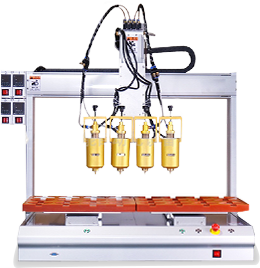

Stainless steel positioning pins/support pins are key basic parts in mechanical assembly and equipment operation. They are made of high-quality stainless steel materials such as 304 and 316L, and are made through CNC turning, grinding, precision grinding and other processes. With precise dimensional accuracy, excellent corrosion resistance and stable structural strength, they can achieve precise positioning and stable support of parts and components. They are widely used in automated production lines, mold manufacturing, medical equipment and other fields to ensure efficient and reliable operation of equipment.
We provide various types of pins, such as cylindrical pins, conical pins, and threaded pins, with diameters ranging from 1mm to 50mm and lengths from 5mm to 200mm. We support customization of special sizes, head shapes, and surface treatment processes to meet the personalized needs of different industries and equipment. Some common specifications are as follows:
Type | Material | Diameter (mm) | Length (mm) | Main application scenarios |
Cylindrical locating pin | 304 stainless steel | 3 - 20 | 10 - 100 | Automation equipment parts positioning |
Tapered support pin | 316L stainless steel | 6 - 30 | 20 - 150 | Mold support and alignment |
Threaded pin | 304 stainless steel | 8 - 40 | 30 - 200 | Removable parts connection |
III. Product Details
1. Material Type
304 stainless steel: Excellent comprehensive performance, good corrosion resistance, mechanical strength and processing performance, widely used in positioning and supporting scenarios of electronic equipment and general industrial machinery.
316L stainless steel: Improved corrosion resistance on the basis of 304, especially strong resistance to chlorides, seawater and other media, suitable for food processing, marine engineering, medical equipment and other fields with extremely high requirements for hygiene and corrosion resistance.
2. Manufacturing Process
CNC machining: Through turning, grinding, milling and other processes, the size and shape of the pin body are accurately controlled to ensure high-precision machining.
Surface treatment: Polishing, passivation, electrolytic grinding and other processes are used to further improve the surface finish and rust resistance; some products can be hard chrome plated to enhance wear resistance.
Special processing: For positioning pins/support pins with special structures such as threads and steps, CNC lathes and special tools are used for fine processing to meet complex design requirements.
3. Quality inspection
Dimension inspection: Use precision instruments such as coordinate measuring machines and micrometers to fully inspect key dimensions such as pin diameter, length, and taper to ensure that they meet tolerance requirements.
Performance inspection: Verify material strength through hardness testing and tensile testing; conduct salt spray testing (corrosion resistance time ≥ 96 hours) on 316L stainless steel products to evaluate their corrosion resistance.
Appearance inspection: Use optical inspection instruments to check the surface of the pin to ensure that there are no defects such as scratches, cracks, and sand holes to ensure product quality.
 Headquarters tel.
Headquarters tel. E-mail.
E-mail.